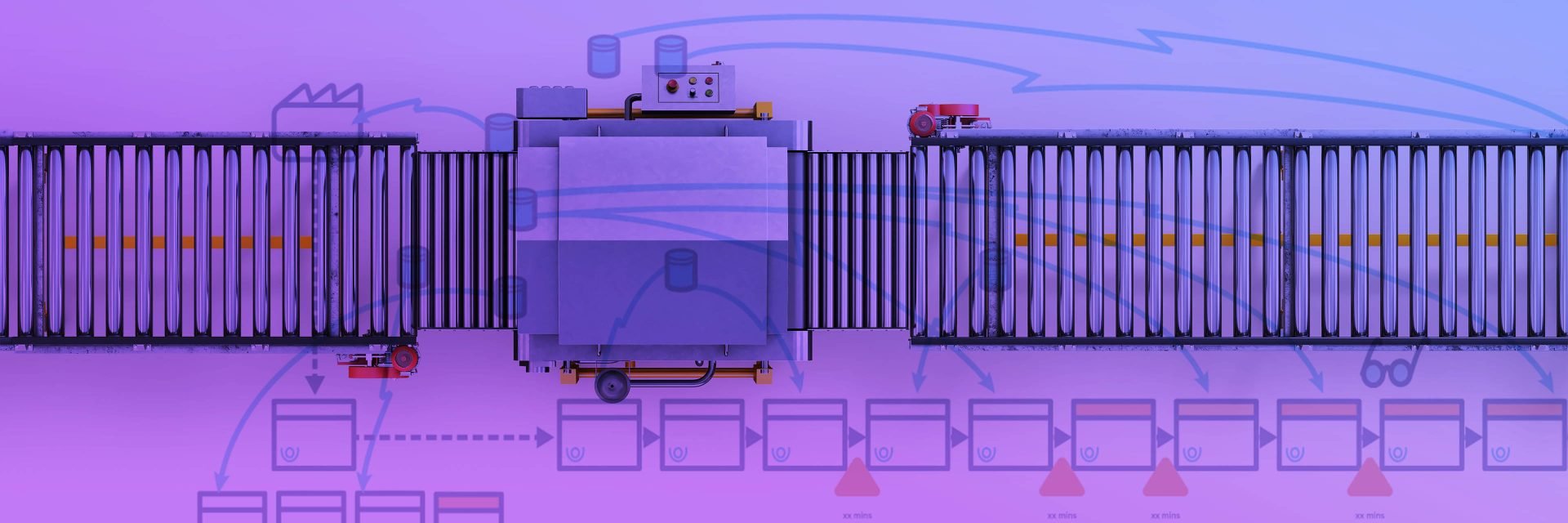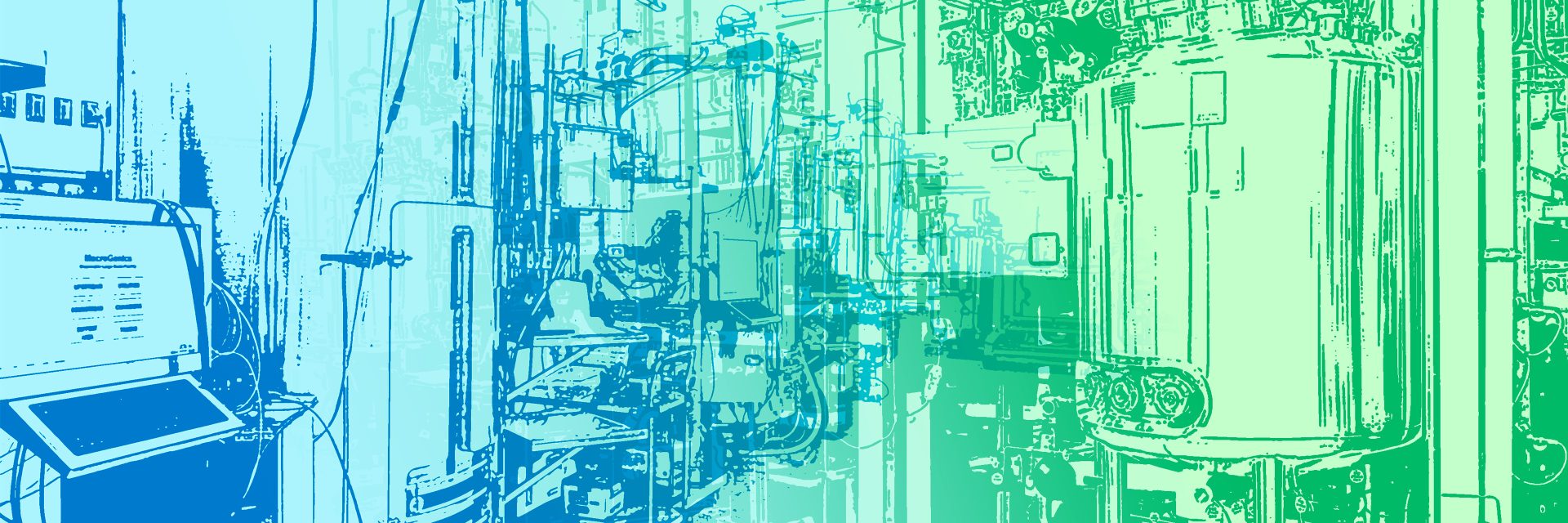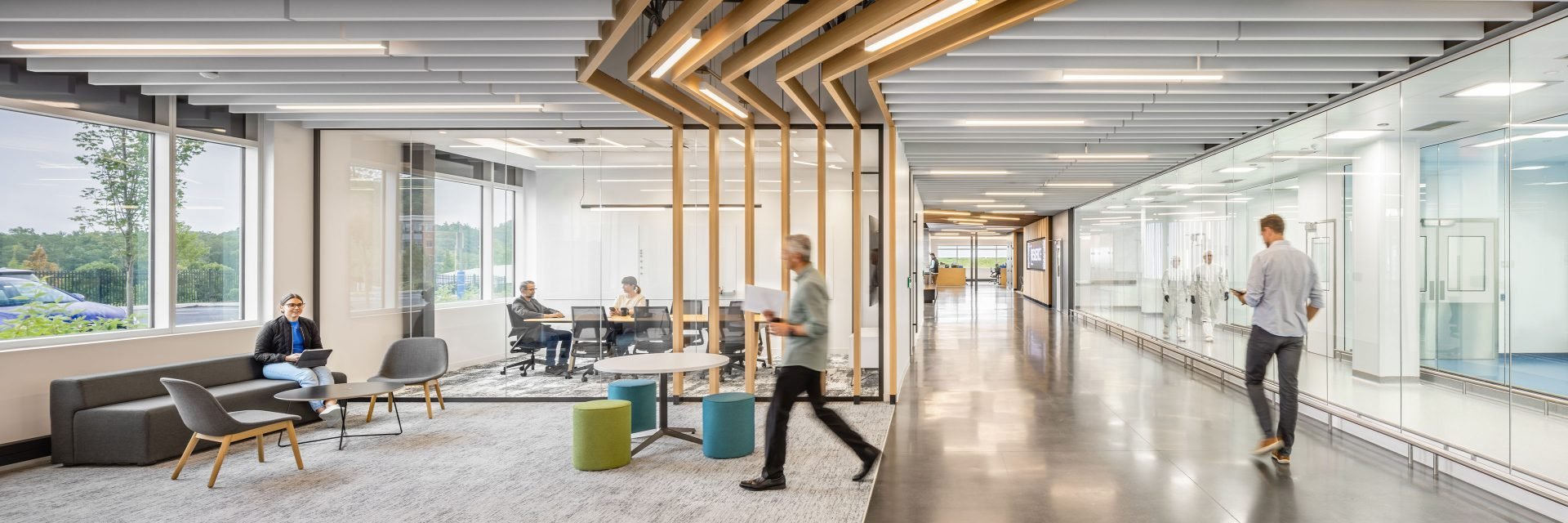Manufacturers are poised to take advantage of the growth of the antibody-drug conjugate (ADC) market. To do so they need to understand the process technologies involved, as well as the manufacturing challenges.
Read More
Benefits of sustainability roadmaps
It’s not enough to have sustainability goals—you have to know how to logistically meet them. Zero carbon doesn’t happen by accident or luck, and any company with zero carbon targets within a dedicated time frame needs a sustainability roadmap to achieve these goals.
Read More
Operational improvement as the gateway to efficient ATMP production
Even a minor operational improvement can generate major benefits for ATMP manufacturers, particularly when personalized therapies are involved. Unlock these benefits in your own facility by using the tools of operational improvement to answer six mission-critical questions.
Read More
Laboratory facility requirements: a key decision-making guide
A decision guide for the selection, conversion, and design of a lab that meets the needs of science today—and tomorrow.
Read More
Life science trends: The price of life saving medicine
This report, the fourth in our Horizons: Life Sciences series, tests this vision of improved patient access. We draw on the perspective of more than 500 small, medium and large companies operating across North America and Europe to examine each submarket in detail, looking closely at the milestones that brought them to this moment and the trends that are shaping their future—trends that will determine how quickly the next revolution in life-changing medicine will unfold.
Read More
10 ways to enhance your partnership with a control systems integrator
Control systems integration is the key to unlocking your manufacturing facility’s profitability and flexibility through digitalization. But to get there, you need a qualified control systems integrator—and a plan for making the most of that collaboration.
Read More
How to improve your manufacturing efficiency: Value stream mapping 101
Even when manufacturing budgets tighten, there are still ways to improve operations and increase throughput, quality, and speed to market. Here’s your guide to getting there with value stream mapping.
Read More
4 steps to protect your facility from combustible dust
In life sciences manufacturing, safety in handling bulk powders and combustible dust can fall through the cracks. The bottom line? As per fire and building codes, if your manufacturing process generates dust, you must perform a dust hazard analysis to establish whether you’re dealing with a fire or explosion hazard. If you are, you need to know how to mitigate the risk throughout your facility.
Read More
Stainless steel, single-use, or hybrid: 7 questions to guide your decision
Manufacturers of therapeutic proteins face immense pressure to stay ahead of market trends and deliver complex product portfolios. Choosing the right manufacturing system from day one can reduce that pressure and position you for ongoing commercial success.
Read More
Lighting design for life sciences facilities
Life sciences facilities are unique workspaces that combine office space with highly specialized laboratory, research, and manufacturing areas. In this article, we explore the many roles lighting design plays to enhance the variety of activities that take place at these innovative companies—while at the same time improving energy efficiency and supporting employee wellness.
Read More